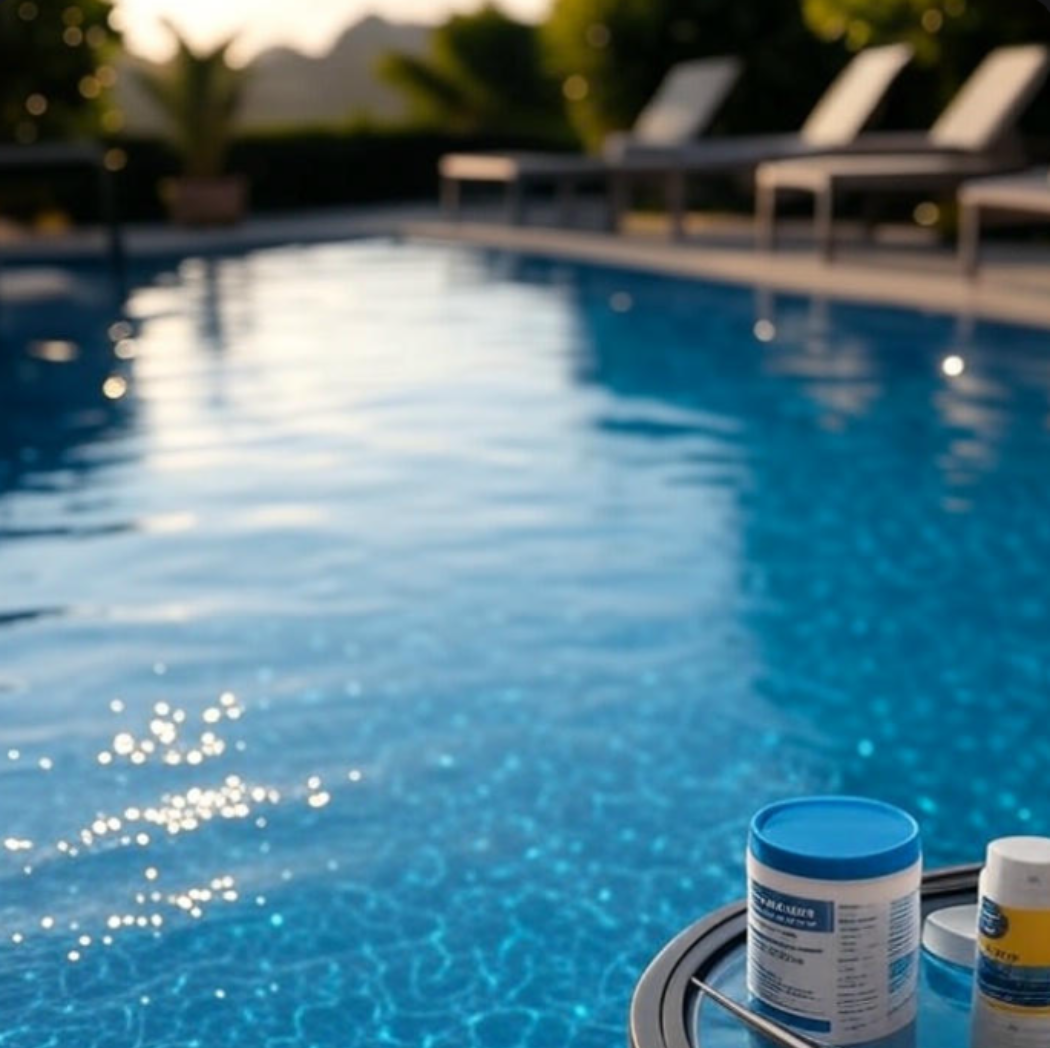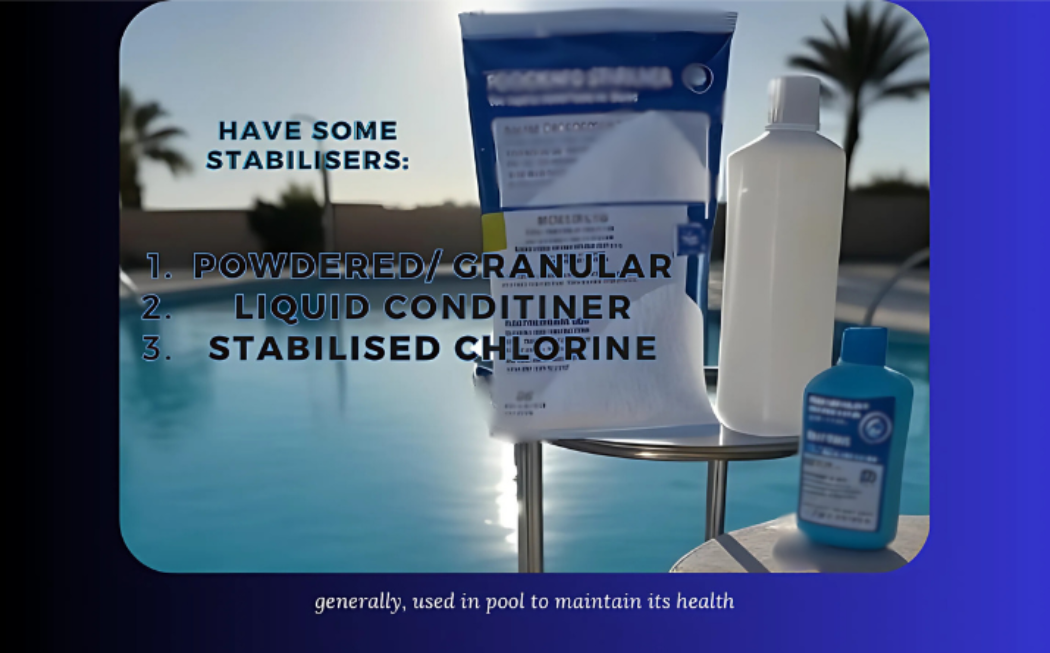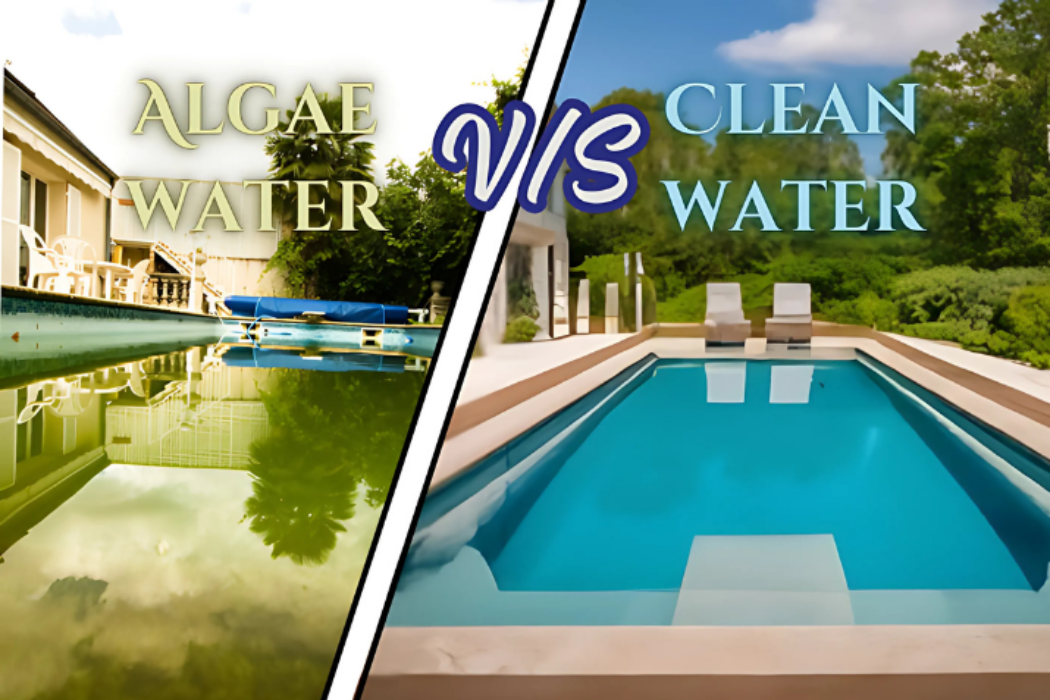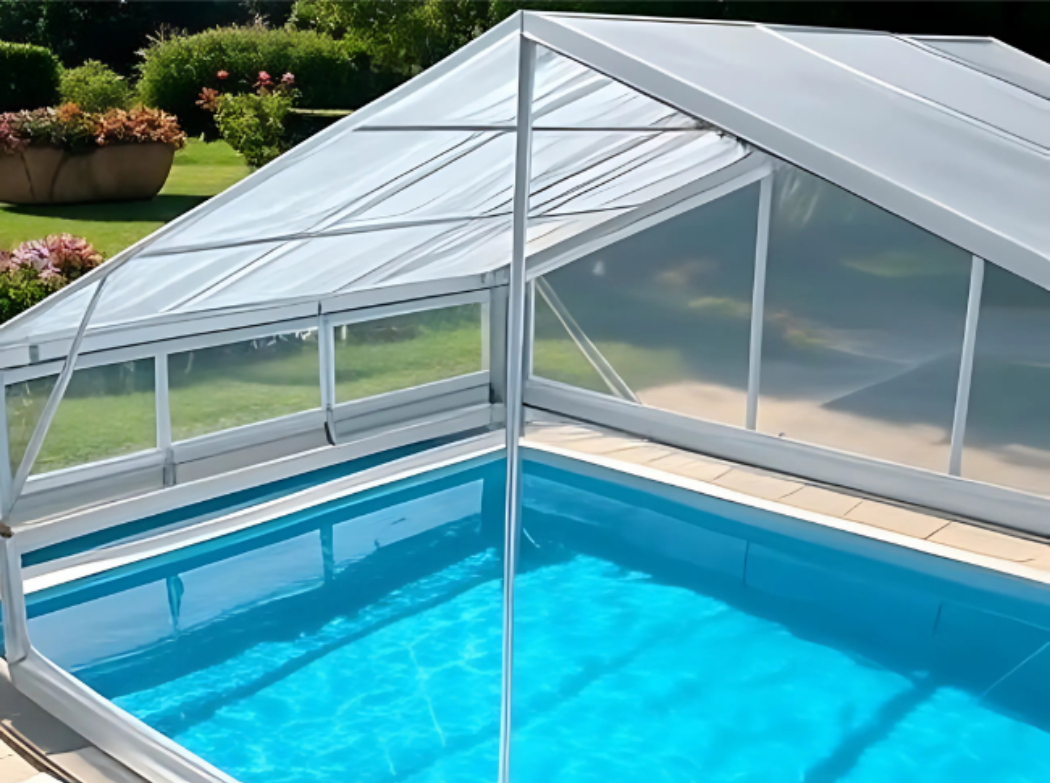Pool Stabiliser Guide: What It Is & How to Use It Right
Boost savings and prolong your pool's life through smart stabilisation. Dive into a direct of digital pool care now!

Pool chemistry isn’t complete without cyanuric acid (CYA). It's commonly known as a pool stabiliser. It provides a protective shield to chlorine from the sun’s harmful ultraviolet (UV) rays. It also helps to maintain effective sanitation. Through this direct, you'll learn how to work pool stabilisers. Also, when and how to use them for the right purpose. The ideal concentration levels for both chlorine and saltwater pools.
It explains how to correct a high CYA level to avoid issues like chlorine lock and outlines essential tips for maintaining chemical balance for safe and clean swimming. Whether you're preparing for the seasonal changes or managing daily pool care. It offers the step-by-step protocols you need for effective pool stabilisation — and you can calculate your stabiliser’s dosage in the pool with our free tool, a CYA level checker.
What Is Pool Stabiliser (Cyanuric Acid)?
Pool stabiliser, a cyanuric acid (CYA). It is a chemical that provides a protective shield for the chlorine in pool water from being rapidly broken down by UV rays. This prevention is essential for outdoor pools to maintain chlorine’s effectiveness and prevent big losses.
Without a pool stabiliser in water, UV vulnerability and exposure can degrade the chlorine of pool water by up to 90% in a few hours.
Ideal Cyanuric Acid Levels for Pools
- Outdoor Chlorine Pools: 30–50 ppm (Parts Per Million)
- Saltwater Pools: 60–80 ppm
- Indoor Pools: Typically, no stabiliser needed
PPM (Parts Per Million) means:
A unit of measurement used to describe the concentration of a substance in water or air. It is normally used in pool chemistry to ensure proper balance of chemicals like chlorine, pH, alkalinity, and stabiliser.
Types of Pool Stabilisers
- Stabilised Chlorine: Contains CYA already (e.g., trichlor, dichlor).
- .Powder/Granular Stabiliser: Requires pre-dissolving or brushing to disperse.
- Liquid Stabiliser: Easy to use, mixes well without brushing

When to Add Pool Stabiliser
Add stabiliser in these situations:
- At pool opening (beginning of the season)
- Following heavy rains or water loss
- After a partial drain and refill
- If switching from stabilised to unstabilised chlorine
Note: When CYA levels are high in pool water, it can reduce chlorine’s effectiveness, resulting in lead to algae or cloudy water even when chlorine appears sufficient.
How To Add Pool Stabiliser
- Test your pool water to examine the current CYA levels using a reliable test kit.

- Calculate the required dosage (often listed on the product or available via online calculators available on various mobile apps or sites).
- Take warm water and try to dissolve the granular stabiliser, if using powdered stabiliser.
- Pour liquid or dissolved stabiliser slowly into the skimmer or deep end while the pump is running.
- Allow circulation for 24–48 hours before retesting.
These are some risks to avoid:
- Always follow the instructions provided with your specific test kit, you have.
- Store chemical agents or analytical reagents in a cool, dark place, and also away from children.
- Do not pour reagents directly into the pool, as it can be dangerous.
Pro Tip:
Stabiliser does not evaporate or degrade quickly—it accumulates over time. Only dilution (draining and refilling) reduces high levels.
What Happens If Stabiliser Levels Are Too High?
In case of overstabilization can result in "chlorine lock", where chlorine is present but ineffective due to high levels.
Signs of high stabiliser levels include:
- Ineffective chlorine shock or sanitising treatments.
- Algae growth despite adequate chlorine readings.
- Cloudy or green pool water.

Fix: De-water your whole pool fractionally and refill with fresh water to dilute the CYA partial pressure.
Pool Care After Rain or Water Loss
- Brush and Skim: Use it to remove debris from the pool.
- Test Water: Check the level of chlorine, pH, alkalinity, and CYA.
- Shock the Pool: After heavy rain, shock (a sanitiser)with chlorine to disinfect.
- Rebalance Chemistry: Add stabiliser only if CYA levels are low.
Recommended Tools & Products
You should use:
- Pool Test Kits (6-way test strips, digital meters, or an online calculator)
- Liquid and granular pool stabiliser.
- Pool shock treatments.
Final Lines
For effective pool sanitation and chlorine savings, examining the proper functioning of the stabiliser is essential for your pool’s health. The overuse of stabiliser is to avoid; regularly test your outdoor pool’s water, and use stabiliser wisely. Likewise, a retractable glass or roll-a-cover: Install a cover across your pool to protect from UV rays, dust, and rain.
Need help choosing the right product or understanding your test results? Connect with us at ZByte. If you’re interested, try our free Pool Stabiliser Calculator to determine the right dosage for your pool.
Optimise Your Pool Season—Start With Balanced Water!
FAQs
Do I need a stabiliser in my pool?
Yes, for outdoor pools using unstabilised chlorine. It helps maintain chlorine levels and reduce chemical costs.
Can I use baking soda instead of stabiliser?
No. Baking soda raises alkalinity but does not stabilise chlorine.
Is pool shock the same as stabiliser?
No. Shock is a chlorine treatment. Stabiliser protects chlorine from UV degradation.
How do I know if my pool needs stabiliser?
Rapid chlorine loss, green/cloudy water, or CYA test results below 30 ppm indicate a need.
What does a stabiliser do for a pool?
It protects chlorine from being broken down by the sun’s UV rays, helping it last longer.
What is a pool stabiliser called?
Cyanuric Acid (CYA).
Do I need to add stabiliser to my pool?
Yes, if it’s an outdoor pool using unstabilised chlorine.
Is pool shock a sanitiser?
Yes, pool shock is a high-dose chlorine treatment used to sanitise water quickly.